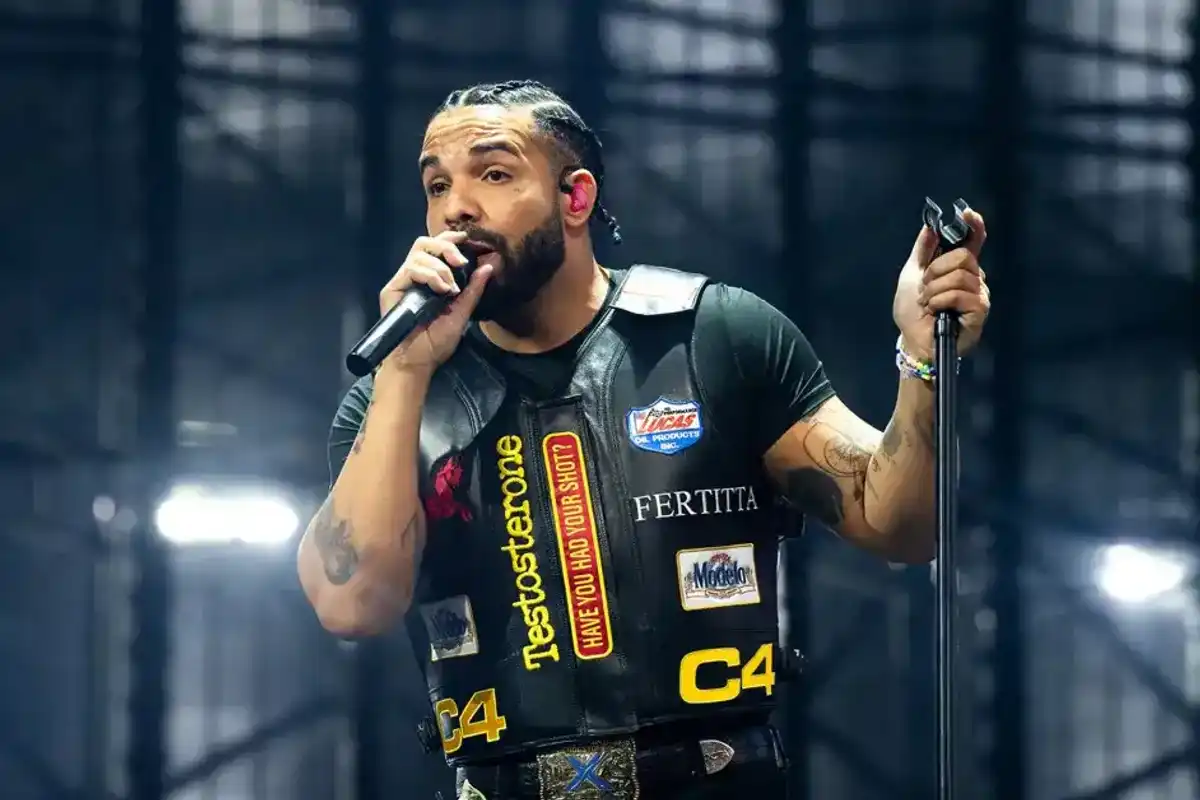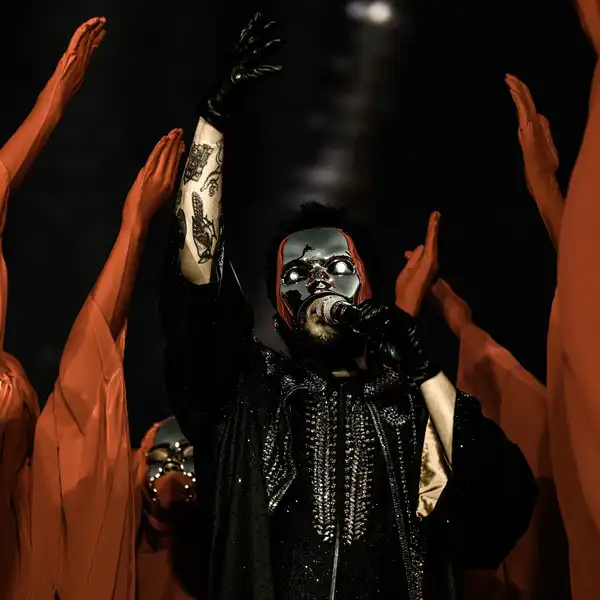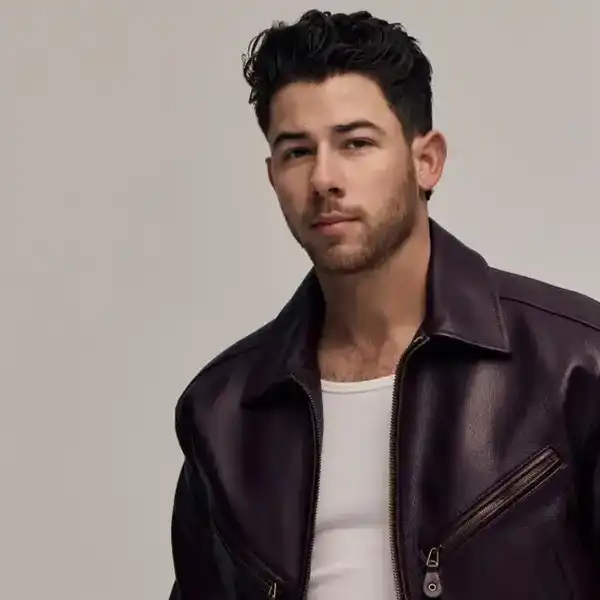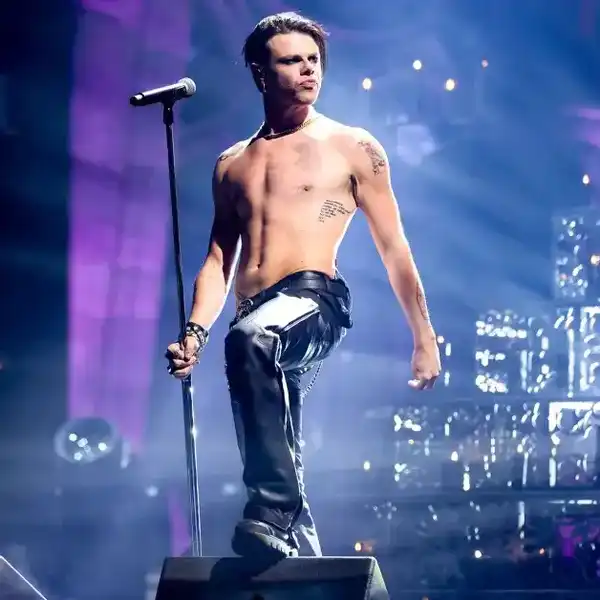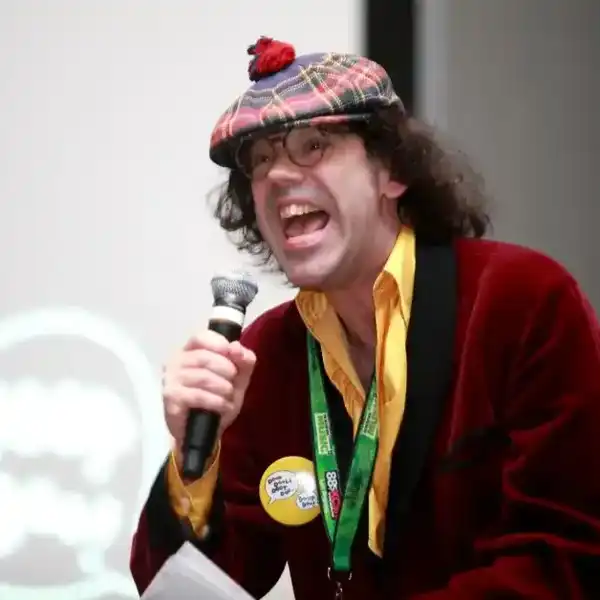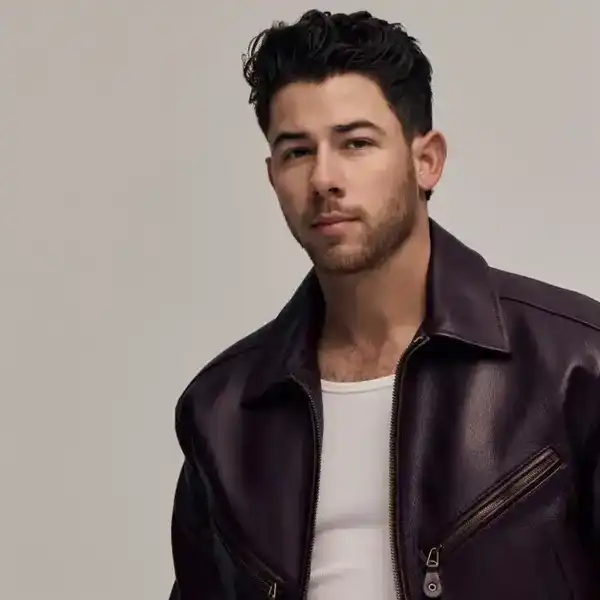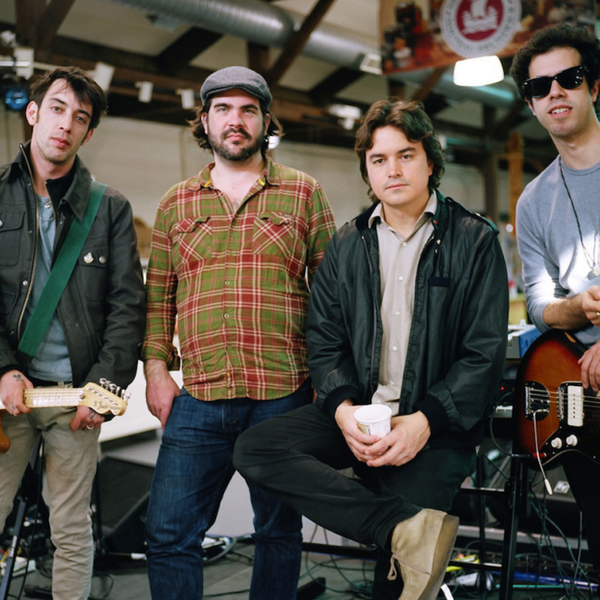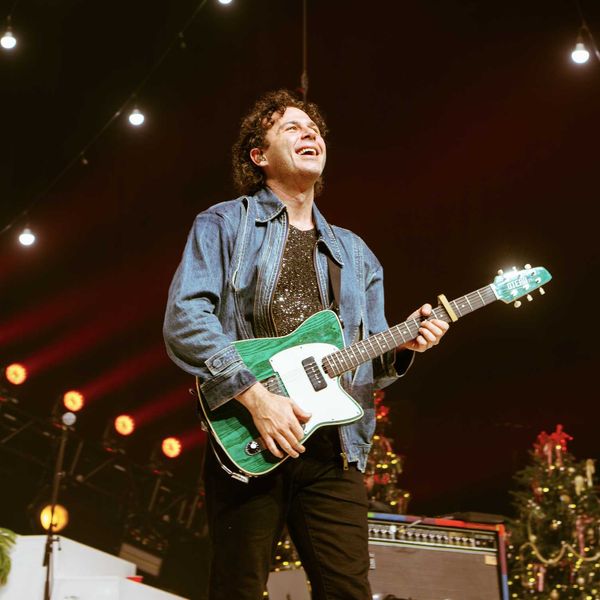Obituaries: Guitar Pioneer Duane Eddy, Electric Light Orchestra Keyboardist Richard Tandy
This week we also acknowledge the passing of famed rock photographer Daniel Kramer, who shot some of Bob Dylan's most iconic album covers in the '60s.
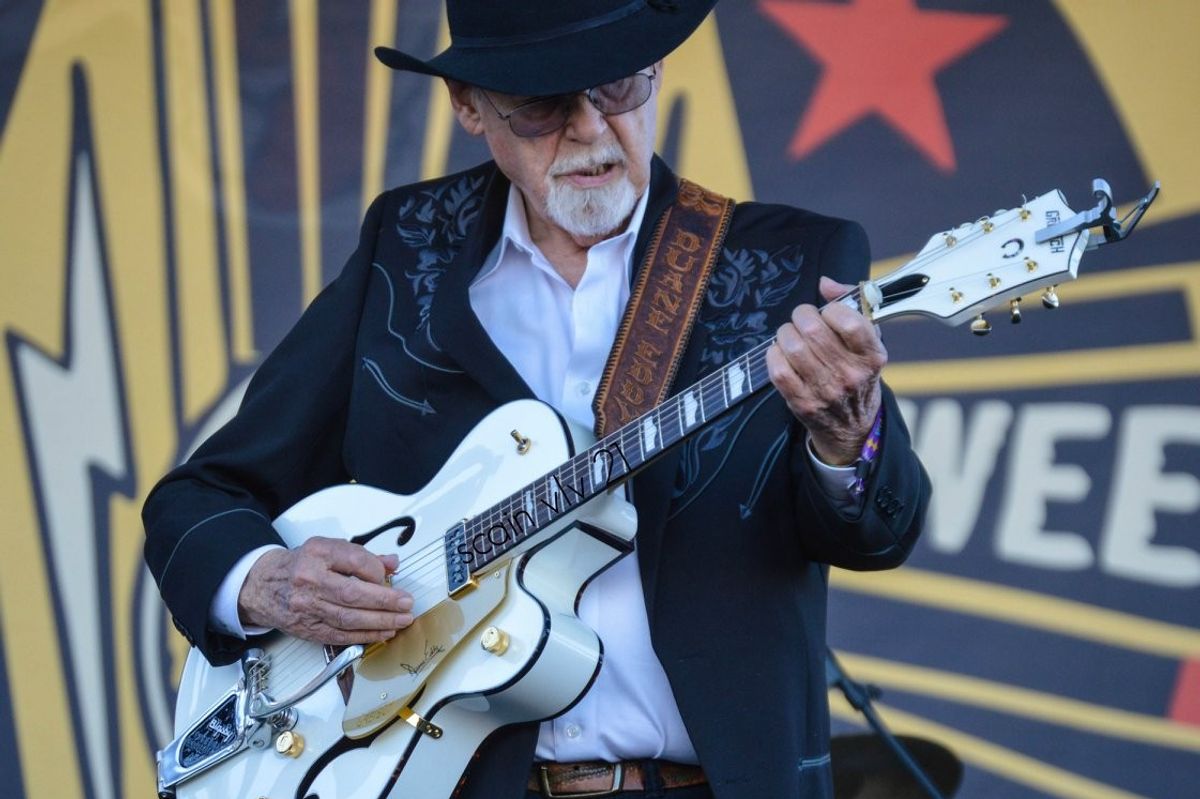
Duane Eddy
Duane Eddy, Grammy-Winning ‘Rebel-Rouser’ guitarist, died on April 30, of cancer, at age 86.
A Billboard obituary notes that Eddy was "the last surviving artist to chart in the top 10 of the inaugural Hot 100 in 1958. The Grammy-winning guitarist was known for his influential style as well as hits such as 'Rebel-‘Rouser' and 'Peter Gunn.'"
Eddy inspired a generation of guitarists the world over with his unmistakeable signature ‘Twang’ sound,” a rep for Eddy tells Variety. “He was the first rock and roll guitar god, a truly humble and incredible human being. He will be sorely missed.”
Eddy was one of the most successful instrumentalists in rock history, notching 27 hits on the Billboard Hot 100 such as “Rebel-‘Rouser,” which peaked at No. 6 in 1958; “Forty Miles of Bad Road,” which peaked at No. 9 in 1959; and “Because They’re Young,” which peaked at No. 4 in 1960. He also had 10 albums chart on the Billboard 200.
Eddy was also a Grammy-decorated musician, winning on his first-ever nomination in 1987 as a featured artist on The Art of Noise’s remake of “Peter Gunn” in the best rock instrumental performance category. In 1996, he earned a second Grammy nod as a featured artist on Doc Watson’s “Thunder Road/Sugarfoot Rag” for best country instrumental performance. He was inducted into the Rock & Roll Hall of Fame in 1994.
Noted Canadian guitarist/record producer Steve Dawson profiled Eddy on his podcast, Music Makers and Soul Shakers, and he posted this tribute on Facebook: "He was the undisputed King of Twang Guitar, and invented a style of playing that is influential to this day. I can't believe that someone could release instrumental songs in the 50's and sell over 10 million records, but he did that. 'Rebel Rouser', 'Peter Gunn,' 'Cannonball' and 'Forty Miles of Bad Road' are just some of the classics. RIP Duane Eddy."
Daniel Kramer, a rock photographer famed for his iconic Bob Dylan images of the Sixties, died on April 29. He was 91.
Kramer's work with Dylan included the covers of Bringing It All Back Home and Highway 61 Revisited. A Rolling Stone obituary observes that the pair hit it off after a one-hour photoshoot in Woodstock, New York, turned into five hours.
"It was the start of a 12-month odyssey where Kramer shadowed Dylan all across America, just as he was transitioning from a folk singer into a rock star. The photographer was even invited into New York’s Columbia Recording Studios in January 1965 to document the recording of Bringing It All Back Home, which marked the first time that Dylan was backed by a rock band.
"When the album was finished, Kramer asked Dylan to shoot the album cover. The session took place at Grossman’s home in Bearsville, New York. Kramer’s cover shoot for Highway 61 Revisited later that year was much simpler. He simply placed Dylan on the front steps of Albert Grossman’s Gramercy Park townhouse."
Kramer shot many hundreds of images of Dylan. He shot the singer backstage with Joan Baez, goofing around in Central Park, playing chess in Woodstock, exploring 5th Avenue with Peter Yarrow and John Hammond Jr., and even sound-checking before his famous August 28th, 1965 concert at Forest Hills Tennis Stadium in Queens, New York.
In 2016, Kramer released the 300-page photo book A Year and a Day. It contains many previous-unseen images of Bob Dylan from 1964 and 1965. Kramer also photographed Janis Joplin, Judy Collins, Joan Baez, Johnny Cash, John Hammond, Pete Seeger, Gordon Lightfoot, Mike Bloomfield, Joe Frazier, Norman Mailer and David Letterman.
Over the years, his work was exhibited in the George Eastman House, the National Portrait Gallery, the Rock & Roll Hall of Fame and Museum, the Whitney Museum of American Art, the Experience Music Project, and The International Center of Photography.
Richard Tandy, the keyboardist in Electric Light Orchestra who had a strong impact on the British rock band’s sound, died on May 1, at age 76.
The Guardian obituary notes that "Tandy's death was announced by the ELO leader Jeff Lynne, who wrote on social media: 'He was a remarkable musician and friend and I’ll cherish the lifetime of memories we had together.' A cause of death was not given."
Born in Birmingham, Tandy met his future ELO bandmate Bev Bevan at school, and he was recruited by Bevan to play harpsichord on The Move’s 1968 single "Blackberry Way," which reached No 1 on the UK’s singles chart.
In 1972, Tandy joined the Electric Light Orchestra, which had formed two years earlier as a side project of The Move. Along with Lynne and Bevan, Tandy was one of three core members who remained in ELO until it disbanded in 1986.
After starting with ELO as its bassist, Tandy became the band’s keyboardist. He played the Minimoog synthesiser, a Wurlitzer electric piano, the Clavinet, Mellotron and piano, which, states The Guardian, made him key in shaping the band’s unique prog rock, futuristic space-opera sound.
Tandy helped to arrange strings and providing backing vocals, and played on every ELO album except 1971’s No Answer. When Bevan attempted to reform ELO in 1988, Tandy and Lynne declined to join, but when Lynne reformed the band as Jeff Lynne’s ELO in 2014, Tandy joined again. The pair also collaborated on non-ELO projects, including the Electric Dreams soundtrack.
In the years ELO recorded and toured, they sold more than 50 million records worldwide and had 27 songs reach the Top 40 in the UK singles chart, and 15 in the Top 20 on the US Billboard Hot 100 chart, still holding the record for the most Hot 100 hits without a No 1.
He was inducted into the Rock and Roll Hall of Fame in 2017 as a member of ELO, alongside Lynne, Bevan and Roy Wood, who co-founded the group before leaving in 1972 to form Wizzard.

